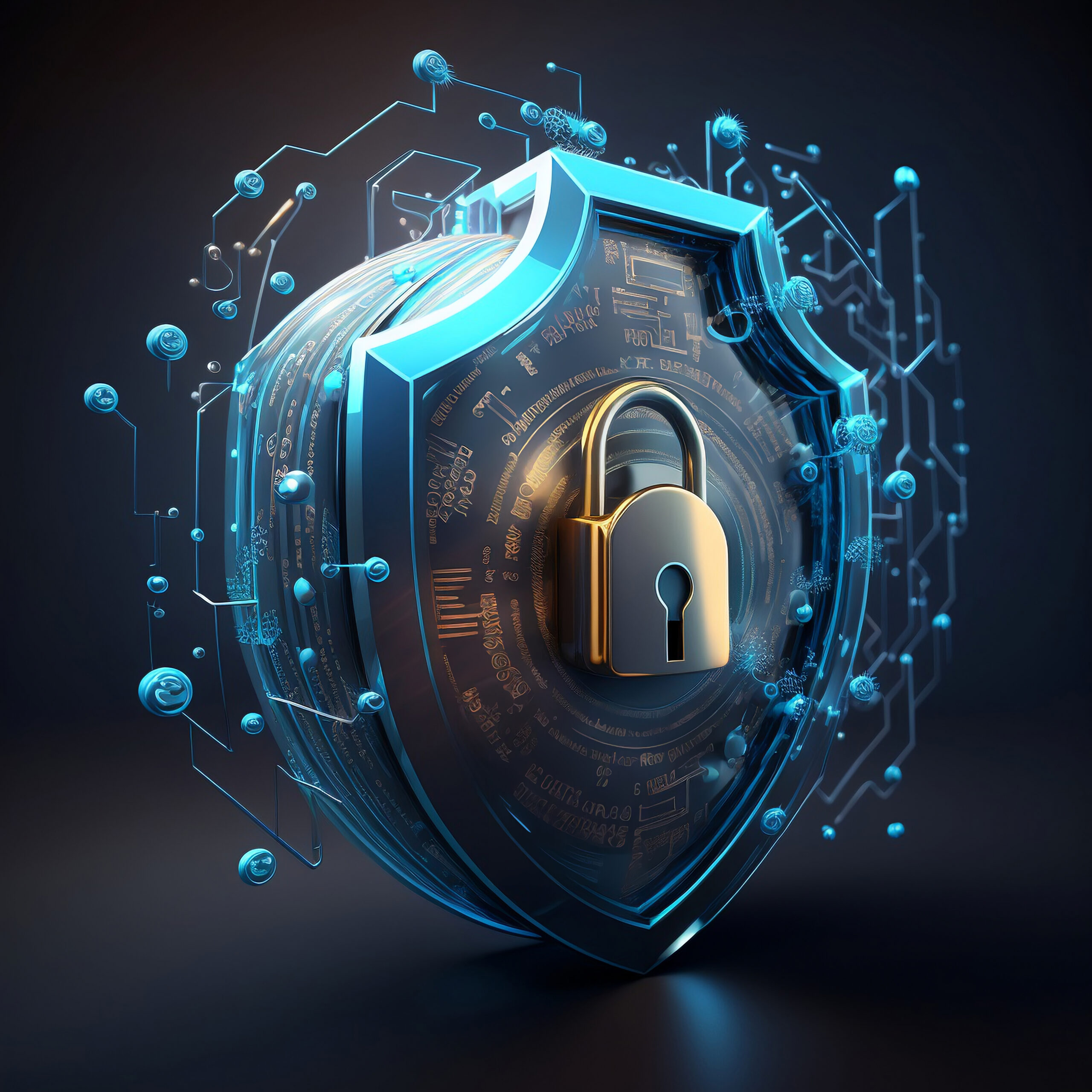age, cybersecurity has become one of the most important pillars of online safety. As individuals and businesses continue to rely on the internet for communication, banking, shopping, education, and more, the risks of cyber threats have also increased. Cybersecurity works as a protective shield that safeguards systems, data, and networks from attacks, theft, and damage.This article explores how cybersecurity works, why it is essential, and what measures are taken to ensure digital protection.
What is Cybersecurity?
Cybersecurity encompasses a range of practices, technologies, and strategies designed to defend digital infrastructure and confidential data against cyberattacks. These attacks may come from hackers, viruses, malware, or unauthorized users trying to gain access to critical information.
Cybersecurity is not a single tool or software—it is a comprehensive approach involving multiple layers of protection across computers, servers, networks, and mobile devices.
Common Types of Cyber Threats
To understand how cybersecurity works, it is important to first understand the threats it defends against. Here are the most common ones:
- Malware: Malicious software such as viruses, worms, spyware, and ransomware that can infect systems and steal or destroy data.
- Phishing: Fraudulent attempts to trick users into revealing personal information like passwords or bank details, usually through fake emails or websites.
- Ransomware: A type of malware that locks a user’s files and demands payment to unlock them.
- Denial-of-Service (DoS) Attacks: Overloading a system or server so that it becomes unavailable to users.
- Data Breaches: Unauthorized access to confidential information, often targeting businesses, healthcare institutions, or government databases. These threats can cause massive financial and reputational losses if not handled properly
How Cybersecurity Works: Key Mechanisms
Cybersecurity functions through a combination of technical tools, security protocols, monitoring systems, and human awareness. Let’s look at the key components of how cybersecurity works:
1. Protection Tools
Several tools are used to prevent cyberattacks from reaching or affecting systems:
- Firewalls: These act as a barrier between a private internal network and the public internet, allowing only safe and approved traffic to pass through.
- Antivirus and Anti-malware Software: These tools detect and eliminate malicious software before it can cause harm.
- Encryption: changes data into an unreadable form that can only be unlocked using specific keys, helping to keep the data private—especially while it’s being sent.
- Multi-Factor Authentication (MFA): This adds extra layers of verification, such as a password plus a code sent to your phone, to reduce the risk of unauthorized access.
2. Network and System Security
Cybersecurity professionals secure networks using advanced technologies such as intrusion detection systems (IDS) and intrusion prevention systems (IPS).These systems continuously analyze network traffic to detect and prevent malicious activity in real-time.
Access control methods are also applied to ensure that only authorized personnel can access sensitive areas of a system.
3. Monitoring and Updates
Cybersecurity is not a one-time process. Continuous monitoring is necessary to detect new threats, identify suspicious activity, and act quickly in case of a breach.
Updates are frequently installed to patch flaws and boost security.Cybercriminals are always developing new tactics, so staying updated is essential for strong defense.
4. Incident Response and Recovery
Even with strong defenses, cyberattacks can still occur. That’s why cybersecurity includes an incident response plan to deal with breaches. The steps usually involve:
- Detecting the attack quickly
- Isolating and removing the threat
- Restoring affected systems
- Notifying affected users or stakeholder
- Strengthening the system to prevent future attacks
Backup systems are also important. Keeping secure copies of data helps restore information in case of ransomware attacks or data loss.
Cybersecurity in Organizations
For businesses, cybersecurity is a critical part of operations. Companies protect not only their own data but also customer information and intellectual property.
Key organizational strategies include:
- Training employees to recognize phishing attempts
- Using secure cloud storage
- Conducting regular security audits
- Limiting access rights based on roles
- Having a dedicated cybersecurity team or consultant
Failure to implement strong cybersecurity measures can result in regulatory penalties, loss of customer trust, and financial damage.
Importance for Individuals
Cybersecurity is not just for businesses. Individuals also need to take steps to protect their digital lives. Some basic practices include:
- Using strong and unique passwords
- Enabling two-factor authentication on important accounts
- Avoiding suspicious links or downloads
- Using secure Wi-Fi networks
- Installing security software on all devices
Personal data such as bank details, medical records, and even social media activity can be targets for cybercriminals.
Conclusion
Cybersecurity works as a multi-layered defense system that protects our digital world from numerous threats. It involves a combination of tools, technologies, processes, and awareness. As technology evolves, so do cyber threats—making cybersecurity an ongoing and ever-important effort.
Whether you are a student, a working professional, or a business owner, understanding how cybersecurity works can help you stay safe in the digital age.

